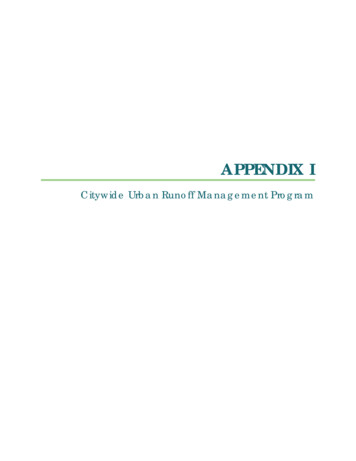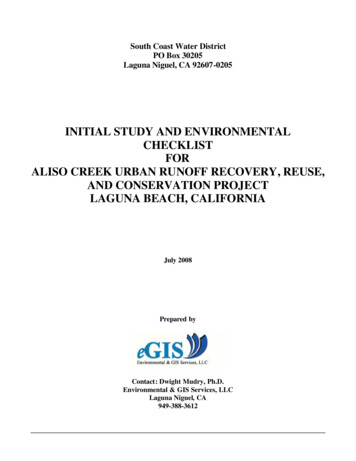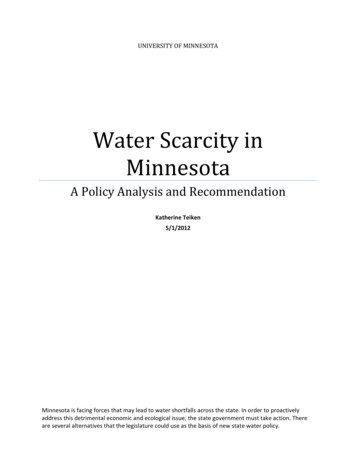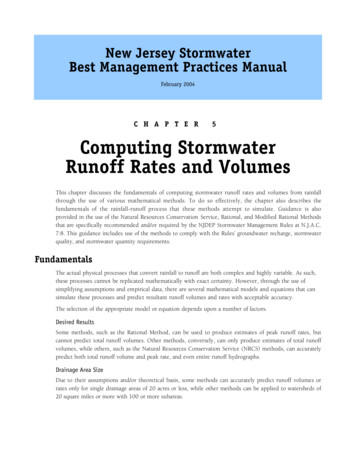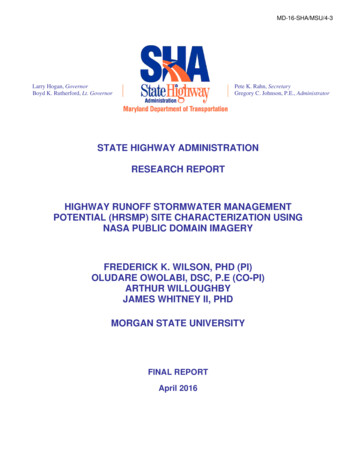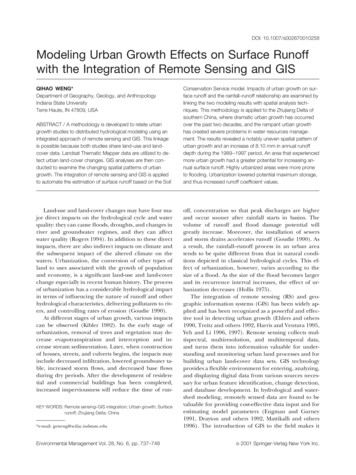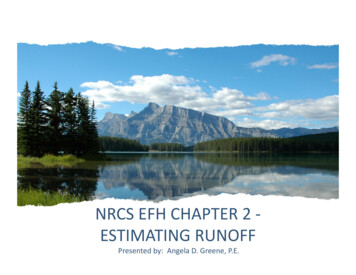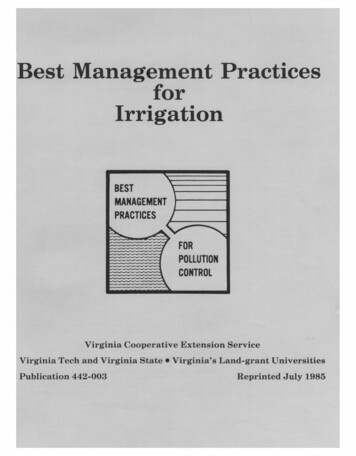
Transcription
EnergyBalancePrecipitation Net Radiation (Rnet) Conduction (G) Convection of Sensible Heat (H) Latent Heat (LE) Photosynthesis InfiltrationR solar RunoffR earth
has the same effect astransport of warm up.
w 0 because onaverage the air flow isparallel to a flat surface.
-- not zero
height
Convective Fluxes:Sensible and LatentHeat
Convective Fluxes Convective fluxes require– Vertical gradient of temperature / water AND– Turbulence (‘mixing’) Vertical gradient, but no turbulence: only very slow diffusion of heat / water No vertical gradient, but turbulence: mixing, but no net transport of heat / water
Latent Heat FluxDay & NightzEddy turbulent whirlLEhumidityEddy moves warm humid airup and dry air down. Bothmotions contribute to apositive (upward) flux of latentheat (“water flux”).
Sensible Heat FluxDayzHTEddy moves warm air up andcold air down. Both motionscontribute to a positive(upward) flux of sensible heat(“temperature flux”).
Sensible Heat FluxNightEddy moves cold air up andwarm air down. Both motionscontribute to a negative(downward) flux of sensibleheat (“temperature flux”).zHT
Convective Fluxes Sunrise/SunsetzH Moist air / Fogz?LET?Air saturatedwith watervaporhumidity
Why is the lower atmosphere turbulent? Uu Shear production of turbulence z– Measured by shear stress or friction velocity2* Buoyant production / destruction ofturbulenceg– Measured by sensible heat fluxTw 'T ' Obukhov length describes relative effect3*uL g0.4 w ' T 'TL 0 stable conditionsL 0 unstable conditionsL inf neutral conditions
Non-neutral boundary layers Unstable: w ' T ' 0– Large eddies– Deep atmospheric surface layer andatmospheric boundary layer Stable:w 'T ' 0– Small eddies– Shallow surface layer
Neutral (‘wind tunnel’) Boundary LayerMost simple and most investigatedLog layer ( constant flux layer):u* z d u ( z) ln k zm dq/dz E/(u* z rho k)EC measurements make sense onlyabove roughness sublayer and in theconstant flux layer!
Stability correction functions formean velocity profile Stability effects in the surface layer L m u*3 gparameterized by Obukhov length Lk w 'T 'Tu z d z u ( z) ln k zm L *Hogstrom, 1988, Bound.-LayerMeteor.Height [m]neutral10stable1unstable0.1.010246810Wind speed [m s-1]
Eddy Correlationw'q '3-d sonic anemometer Latent heat fluxu’, v’, w’, Tv’ at 20 Hz Sensible heat flux w ' T 'Krypton Hygrometerq’ at 20 Hz
sonic anemometerCup anemometer
Correlation and Fluxes
Reynolds decompositionAll atmospheric entities show short term fluctuations abouttheir longer term mean. This is result of turbulence whichcauses eddies to continuously move and carry with themheat, vapor, momentum and other gases from elsewhere.s s s s is value of an entity (T, vertical wind speed, vapor conc)s-bar is time-averaged entitys’ is instantaneous deviation from mean s-bar
Over a longer time period the value of the vertical wind speed w-barequals zero since mass continuity requires that as much air movesup as down during a certain period (eg 10-20 minutes).The properties contained and transported by an eddy are its mass ρ(when considering a unit volume), its vertical velocity w, and thevolumetric content of any entity it possesses (heat, vapor, CO2).Each of those components can be broken into a mean and afluctuating part. Therefore, the mean vertical flux S of the entity sS / ws (w w )(s s ) ws ws w s w s
All terms involving a single primed quantity are eliminated sincethe average of all their fluctuations equals zero by definition.For uniform terrain without areas of preferred vertical motion(i.e. no “hotspots”) the mean vertical velocity (w-bar) equals zero.S w s The averages of w’ and s’ are zero over a long enough time period.However, the average w’s’ which is the covariance of w’ and s’will only rarely be negligible.Transport of all entities depends on the vertical wind speedfluctuations.covariance(w,s) correlation coefficient (w,s) vertical flux of s
Basic StatisticsSignal mean fluctuationse.g. u u u 'N u (i) u N2u' Variances Fluxes covariance w’T’u ' w ' N u (i ) u w(i ) w N w ' u ' u' N2u2 12i 1 1 N 1i 1N 1i 1Ni 1 Correlation coefficient covar. / variance1w 'u ' w 'u ' N Nuwuw i 1uw
(Oke, 1987)
Consider the following entities s: momentumtemperaturevapor concentrationSensible heat flux H and latent heat flux E are measured asH a c p w T E Lv w ' v ' Lv a w ' q 'ρa: density of air [kg m-3]Lv: Latent heat of vaporization [J kg-1]q: specific humidity [kg H2O / kg air]cp: specific heat of air [J kg-1 K-1]ρv: water vapor density [kg H2O / m3 air]If measurements can be made at least ten times persecond, eddy covariance is an attractive method for directmeasurements of transport into the atmosphere.
\r Infiltration\r \r Runoff. has the same effect as transport of warm up. w 0 because on average the air flow is parallel to a flat surface.-- not zero. height. Convective Fluxes: . Day & Night Eddy turbulent whirl Eddy moves warm humid air up and dry air down. Both motions contribute to a positive (upward) flux of latent

